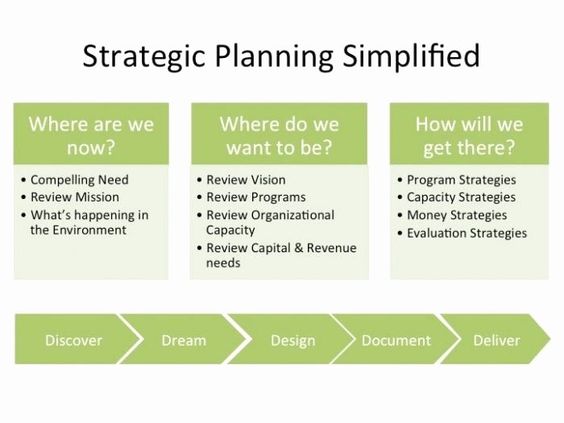
Suraksha Nepal, a prominent organization dedicated to fostering safety and security, employs various strategies to fulfill its mission. Through innovative approaches and community engagement, Suraksha Nepal has been instrumental in promoting safety awareness and implementing practical measures. Let’s delve into some of the key strategies employed by Suraksha Nepal in its mission to enhance safety across communities.
Community Empowerment:
At the core of Suraksha Nepal’s approach lies community empowerment. Recognizing that safety is a collective responsibility, the organization actively involves community members in identifying risks, devising solutions, and implementing safety measures. By fostering a sense of ownership and collaboration, Suraksha Nepal ensures that safety initiatives resonate with the local context and are effectively implemented.
Education and Awareness Campaigns:
Suraksha Nepal conducts extensive education and awareness campaigns to disseminate crucial safety information. These campaigns leverage various mediums such as workshops, seminars, street plays, and social media platforms to reach diverse audiences. By educating individuals on topics ranging from disaster preparedness to personal security measures, Suraksha Nepal equips communities with the knowledge needed to mitigate risks and respond effectively to emergencies.
Partnerships and Collaboration:
Suraksha Nepal understands the importance of partnerships in amplifying its impact. The organization collaborates with government agencies, non-profit organizations, businesses, and academic institutions to leverage resources, expertise, and networks. Through strategic partnerships, Suraksha Nepal expands its reach, enhances the scalability of its initiatives, and fosters a coordinated approach towards safety and security.
Innovative Technology Solutions:
Embracing technological advancements, Suraksha Nepal harnesses the power of innovation to address safety challenges effectively. From developing mobile applications for reporting emergencies to implementing early warning systems for natural disasters, the organization utilizes technology to streamline processes and improve response times. By staying abreast of emerging technologies, Suraksha Nepal remains at the forefront of safety innovation.
Capacity Building and Training:
Suraksha Nepal invests in capacity building and training programs to equip individuals and organizations with the skills needed to respond to safety threats proactively. These programs cover a wide range of topics, including first aid, search and rescue techniques, and crisis management. By building the capacity of stakeholders at all levels, Suraksha Nepal strengthens the overall resilience of communities and institutions.
Monitoring and Evaluation:
Suraksha Nepal adopts a rigorous monitoring and evaluation framework to assess the effectiveness of its interventions continually. By collecting data, soliciting feedback, and conducting impact assessments, the organization ensures that its strategies are evidence-based and responsive to evolving needs. Through continuous learning and adaptation, Suraksha Nepal enhances the efficiency and relevance of its safety initiatives.
Conclusion:
Suraksha Nepal’s working strategies exemplify a holistic and proactive approach to safety promotion. By prioritizing community empowerment, education, partnerships, technology, capacity building, and evaluation, the organization effectively addresses safety challenges and fosters resilient communities. As Suraksha Nepal continues its vital work, its strategies serve as a beacon of hope for creating safer and more secure environments for all.